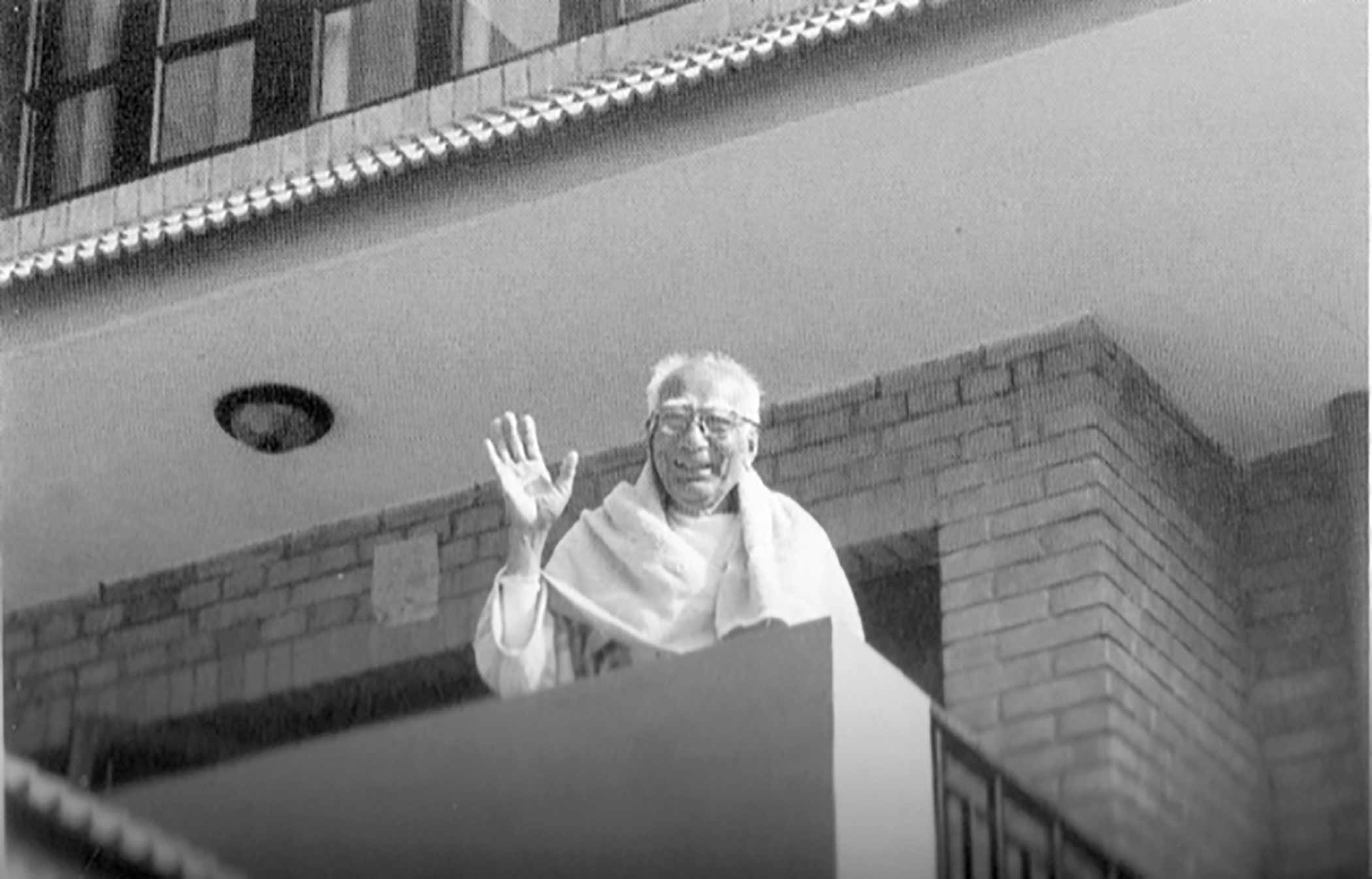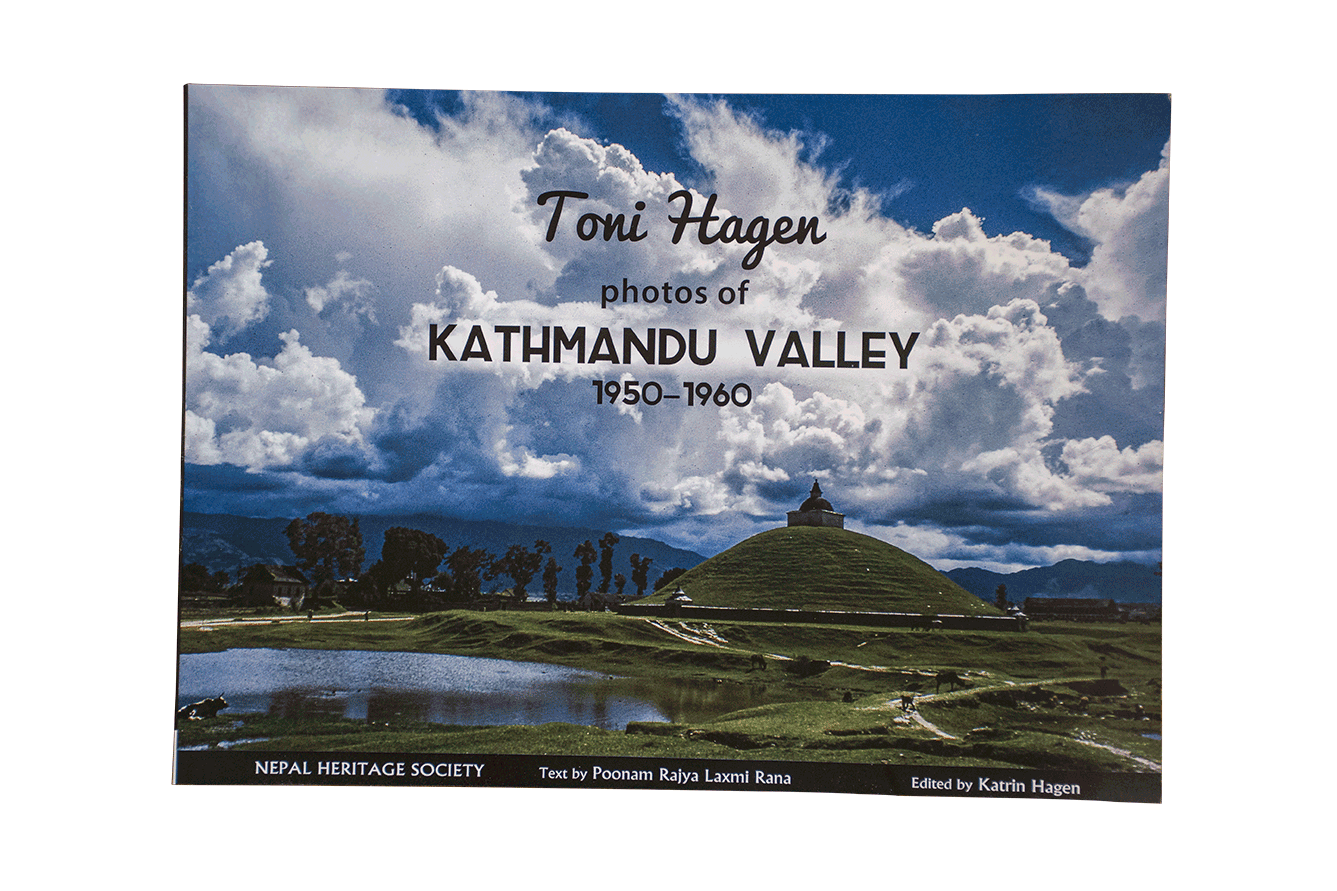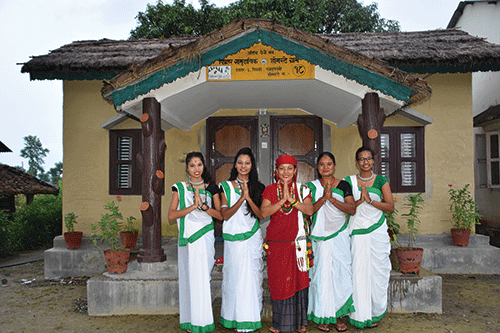It begins with an earthquake, a tremor that caught author Fred Selby unawares soon
after he arrived in Kathmandu in 1960. It also ends with an earthquake, a political one marked by the rise of Maoist leader Prachanda, and the demise of the royal House of Shah. Selby came to Nepal on assignment with the U.S. Operations Mission (USOM), precursor to USAID, the U.S. Agency for International Development. Most of the book is about social life in Kathmandu in the early 1960s and during several subsequent visits, and only incidentally about the author’s life as an advisor to the Nepal Industrial Development Corporation.
Selby is a name dropper, and his book is a veritable ‘Who’s Who’ of early 1960s Nepal. He describes how he and his wife, Liz, were received in the small expatriate community of almost 50 years ago: “We were ‘new faces in town’,” he writes, “and, as I later learned, a ‘right sort’ of young couple [who] would be welcome among Kathmandu’s old guard.’ We would meet many from the diplomatic community with whom we would come in contact throughout stay in the country. Some would prove to be fascinating characters who would indelibly touch our lives.” (Ignore for a moment the author’s slightly egotistical airs here. Where was his editor? All those “would be” passives are, in a word, irritating.)
Anyone familiar with the high life in Kathmandu during the 1960s will recognize many of the local elites and pukka sahibs, famous and infamous alike, with whom Selby, as they say, ‘rubbed elbows’. They include, roughly in order of their appearance: Alva Myrdahl, wife of “the great Swedish economist” Gunnar Myrdahl; American Ambassador Henry E.
Stebbins; Boris Lissanevitch, the White Russian entrepreneur and raconteur of Royal Hotel fame, and his Danish wife Inger; Mount Everest’s Sir Edmund Hillary; Queen Elizabeth and Prince Philip on a state visit; King Mahendra and his brother, Prince Basundhara; Tulsi Giri as Foreign Minister and a number of other Nepalese social elites; Dr Bethel Fleming of Shanta Bhawan Hospital, who assisted Liz Selby with the birth of their son; Barbara Adams in her youth; Marlin Perkins, the popular U.S.
TV host of ‘Wild Kingdom’; Haris-hwar Dayal, Ambassador of India (whom Selby mistakenly labels “Shrimati”, which means ‘Mrs’) and Leela Dayal (the real Mrs Dayal); the Jesuit educator Father Moran; the Swiss geologist Toni Hagen; and the Soviet Union’s Ambassador Zabrodin, who rode about town in a mere Chevrolet, in contrast to Selby’s dapper white Mercedes convertible.
I’ll cut the list here (it goes on and on) to relate an episode. Several times Ambassador Zobrodin invited advisor Selby to cocktail-film parties at the Soviet Embassy. Then, one day, Selby was called into the U.S. Ambassador’s office to account for himself, under suspicion, no doubt, of possibly being groomed or recruited to do something nefarious. Someone had informed on him. “The informant,” Selby writes, “must have been Vassily Gmirkin, the U.S. political attaché. He had [also] been a guest of the Russians. Many in that position were C.I.A. Vassily spoke fluent Russian and Mandarin Chinese. I had nothing to be ashamed of,” Selby concludes, “but decided to be careful.” Vodka, please.
If you like these sorts of cocktail party stories, read on. Some are quite entertaining. The chapter titles also reveal much of the author’s approach to life in Nepal; e.g., ‘L’ Affaire Mercedes’, ‘The Social Whirl...’, ‘Tennis with Mrs. Ambassador,’ ‘Prince Basundhara and Himalayan Water Skiing’, ‘The Selfless Dedication of Father Moran’, ‘Queen Elizabeth Pays a Visit’, and so forth... There are also some trekking tales, but the cocktail circuit is more fascinating. The title of the book comes from an arrangement Selby made with the Swiss geologist, Toni Hagen, to print the first picture postcards in and of Nepal for tourists.
Vajra Publications, Jyatha, Thamel (Kathmandu), 2008, 217pp., illus. NRs.900. www.vajrabooks.com.np.










